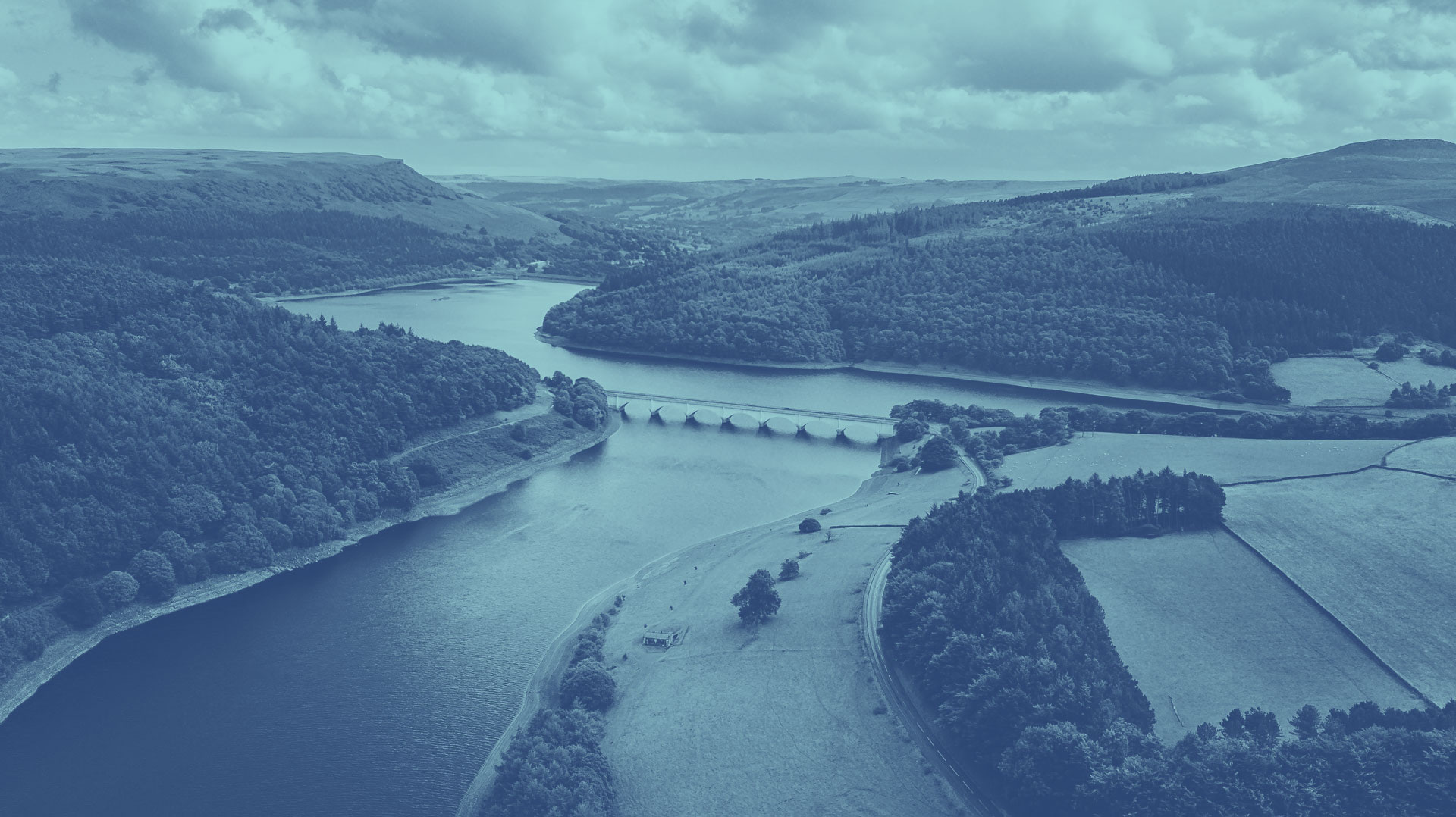Water-related risk is a growing economic threat, responsible for over $36 billion in private sector losses in 2018. These impacts have triggered unprecedented action by businesses, including:
- Investments: In 2017, companies committed $23.4 billion to tackle water risks, across more than 1,000 projects, including desalination, waste-water reclamation and efficiency improvements, and
- Public commitments: Companies across sectors are increasingly committing to return the water they take from water-stressed catchments (e.g. PepsiCo Inc, Cummins and Heineken N.V. and many others) and address shared water challenges where they operate and source from, by investing and engaging in the watershed (e.g. Lafarge Holcim, Teck Resources Limited, and Levi Strauss & CO, to name a few).
With new capital unlocked and company boards ready to support these commitments, the private sector has a unique opportunity to shift corporate culture towards more sustainable water practices that will spur long-term solutions to systemic water problems.
Water Challenges Need Local Solutions
Because water challenges are multifaceted and unique to each watershed, corporate dollars and targets must be informed and guided by the local context to reduce risk and improve water sustainability. This raises important questions for companies making investments and commitments to water stewardship:
- What type of water stewardship activity is most needed in each watershed?
- Should water stewardship activities focus on the company or the broader watershed?
- Should water stewardship activities include gray or green infrastructure?
- How can I compare water stewardship opportunities, such as land restoration, infrastructure efficiency, ambient water quality and community access?
These are challenging questions to answer, particularly for large organizations operating across the globe. New guidance can help set the right type of water targets and goals, informed by the local watershed context. However, while some methods exist to estimate the net benefits of these commitments, there had been no common, unified method to measure the volumetric water benefits of various water stewardship activities – until now.
Estimating Water Stewardship’s Benefits
A standardized approach and set of indicators – published in August by World Resources Institute, LimnoTech, Quantis and Valuing Nature — can help corporate water stewardship practitioners estimate and communicate the volumetric water benefits of their investments and commitments.
Volumetric water benefits are the volumes of water resulting from water stewardship activities that improve the watershed and contribute to the targets under Sustainable Development Goal 6. Volumetric water benefits are generated when companies implement water stewardship activities that directly respond to the local water challenges.
The volumetric water benefit accounting (VWBA) publication includes recommended indicators and calculation methods for a wide range of water stewardship activities, communication guidelines and a three-step process for implementation:
- Step 1. Identify current or future shared water challenges and existing water related efforts within the catchment. This will help understand the local catchment context and assess opportunities to contribute to, or align with, existing efforts.
- Step 2. Select project partners and determine their role in implementing potential water stewardship activities that address the shared water challenges in the catchment. This will help attribute the benefits of the activities to different project partners and avoid double counting or overclaiming.
- Step 3. Finally, document baseline conditions, determine the required indicator calculation method and gather the data to calculate the volumetric water benefits for the water stewardship activities identified and implemented to address the shared water challenges within the catchment.
This guide can help organizations reduce water risks and improve watersheds by:
- Estimating and comparing potential volumetric water benefits of different planned investments and commitments within a watershed, to help inform decision-making before starting any activities; and
- Estimating and communicating the volumetric water benefit of ongoing or completed water stewardship activities to track progress towards commitments, targets and goals.
Start now, others will follow
With guidance available to set targets informed by the watershed context and guide investments to reduce water risk and contribute to public water policy priorities, companies across the globe are better equipped to accelerate meaningful corporate action on water.
Companies can make investments and public commitments with higher confidence that these will respond to local watershed challenges and yield meaningful reductions in risk. These corporate examples can lead the way for others in the watershed and across the value chain, informed by a strong evidence-based, robust guidance that can encourage others facing risk and eager to take action.


